Déjà vu - Inspired by Erik Klein Wolterink
In the Parool PS column Déià vu, Erik Klein Wolterink portrays the changing Amsterdam by re-capturing an archive photo.
His column inspires me to understand more about the history of my own city.
He currently has a freely accessible photo exhibition of Déjà vu that can be seen from April 26 to September 29, 2024 in the hall of the Amsterdam City Archives.
Parool PS column Déià vu - Erik Klein Wolterink - orignal here
His exhibition and the photo competition that is now linked to it, triggered me to take a look at this for myself. I'm not very into competitions but maybe I'll submit my final image.
How I approached this challenge
01. Searching for my personal topic
I grew up and still live in Amsterdam Watergraafsmeer, so it makes sense to take a closer look at the history of my own neighborhood.
One topic that immediately came to mind was that small village on the edge of the city that I used to cycle to as a child. I remember standing on the hill with my bike between my legs, looking over the roofs of the houses.
It felt like a place at the end of the world. A post-apocalypse city. No one lived there and why was it so remote on the edge of the Watergraafsmeer?
That small village is now gone. And funny enough I'm living at that spot now, Amsterdam Sciencepark.
Searching in the image bank (database of photographic content) of the Amsterdam city archives I discovered that this small village was once the "Volkstuinenpark Linnaeus" (allotments).
So not a small village as I thought as a child, but allotments.
Perfect - that's my starting point to find the right image!
02. Searching for the right image
One of the things that is important to show in the déjà vu project (then and now) is that things have changed, but not too much. Quite difficult if there is nothing left of the "Volkstuinenpark Linnaeus" and there are now only large buildings (except for Anna Hoeve, the last farm of the Watergraafsmeer, which is now Café Polder).
After a long search I'm happy I found this photo here below.
On the right you see the Ringdijk, in the middle the "Volkstuinenpark Linnaeus" and on the left the Kruislaan.
Volkstuinenpark "Linnaeus" 30 maart 1972
Photographer: Arsath Ro'is, J.M. - Stadsarchief Amsterdam - original here
03. The Photographer J.M Arsath Ro'is
But there is so much more with this image.
I wanted to know more about who this photographer was. And I came across a video of his book Ohio #10 via Instagram and also on Youtube. In this video you see someone leafing through his book and what immediately strikes me is that you can see his bike on every photograph.
In the photo I chose above, you can also see his bike (right).
That makes it even more complete for me. I probably stood there with my bike when I was a child.
But why is his bike always on his photographs?
After reading some Instagram comments - somebody mentioned:
"His m-bike was stolen 2 times while he was photographing...to keep control he made the bike in front of him into every pic !"
More info also about J.M Arsath Ro'is: https://nl.wikipedia.org/wiki/Jusopo_Muhamad_Arsath_Ro%27is#
If anyone knows where I can buy this book Ohio #10 please let me know!
J.M Arsath Ro'is (on the right) - Stadsarchief Amsterdam - original here
04. Making the image
Looking at the image I think this is shot with a 28mm focal length.
I wanted to make this same image digitally with both a 28mm and 35mm to see how that turns out.
And I also shot with film - both with 35 film shooting with a 28mm and with an old Kodak Brownie camera box 120mm (62mm).
Besides placing them next to each other and on top of each other digital I want to print this on transparant paper so you can do this also with print.
04A. First attempts
More difficult then expected ...
After the first shots I realised I had to change my position. The angle needs to be more from above and adding more foreground in the image.
Where I first thought it was a 28mm, I now see that it must have been a 35mm focal length.
Click on the photo to enlarge and switch between 1972 and 2024.
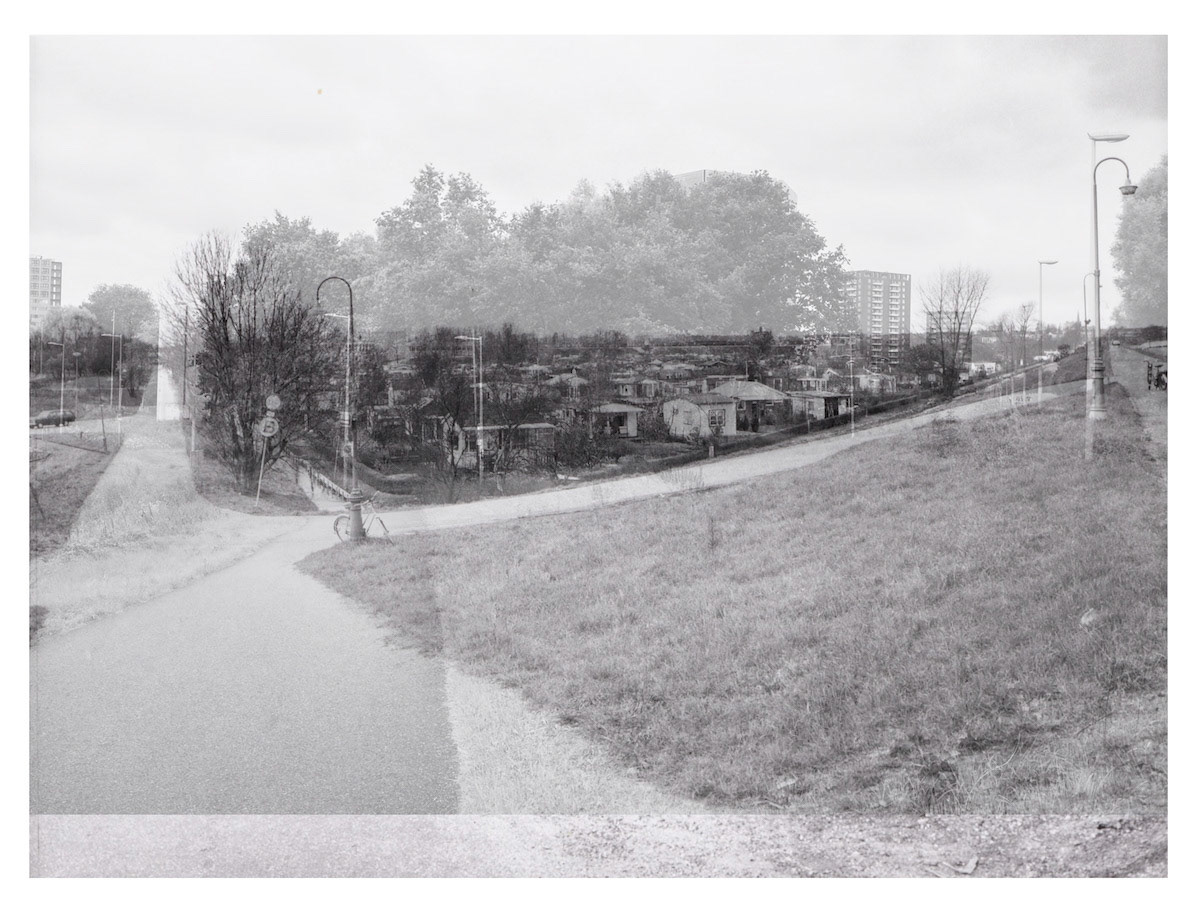
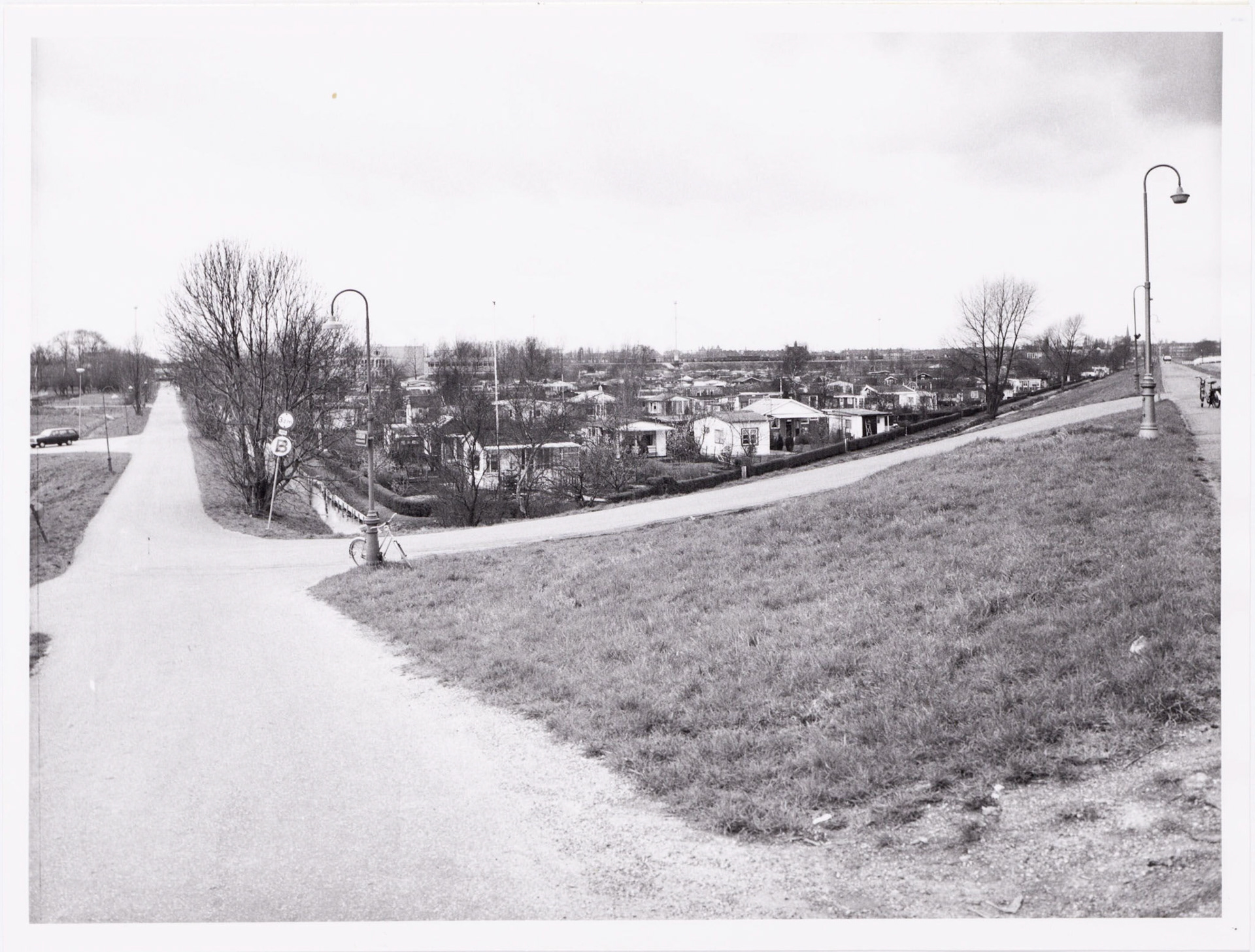

04B. Final result
There is a change in the length and height of the "hill" and the position of the roads. Therefore it's more difficult to put the pictures on top of each other.
I've tried to have the same amount of negative space here and I put my own bike in the 2024 photo as well.
But I'm happy with this final result that shows the difference between 1972 and 2024.
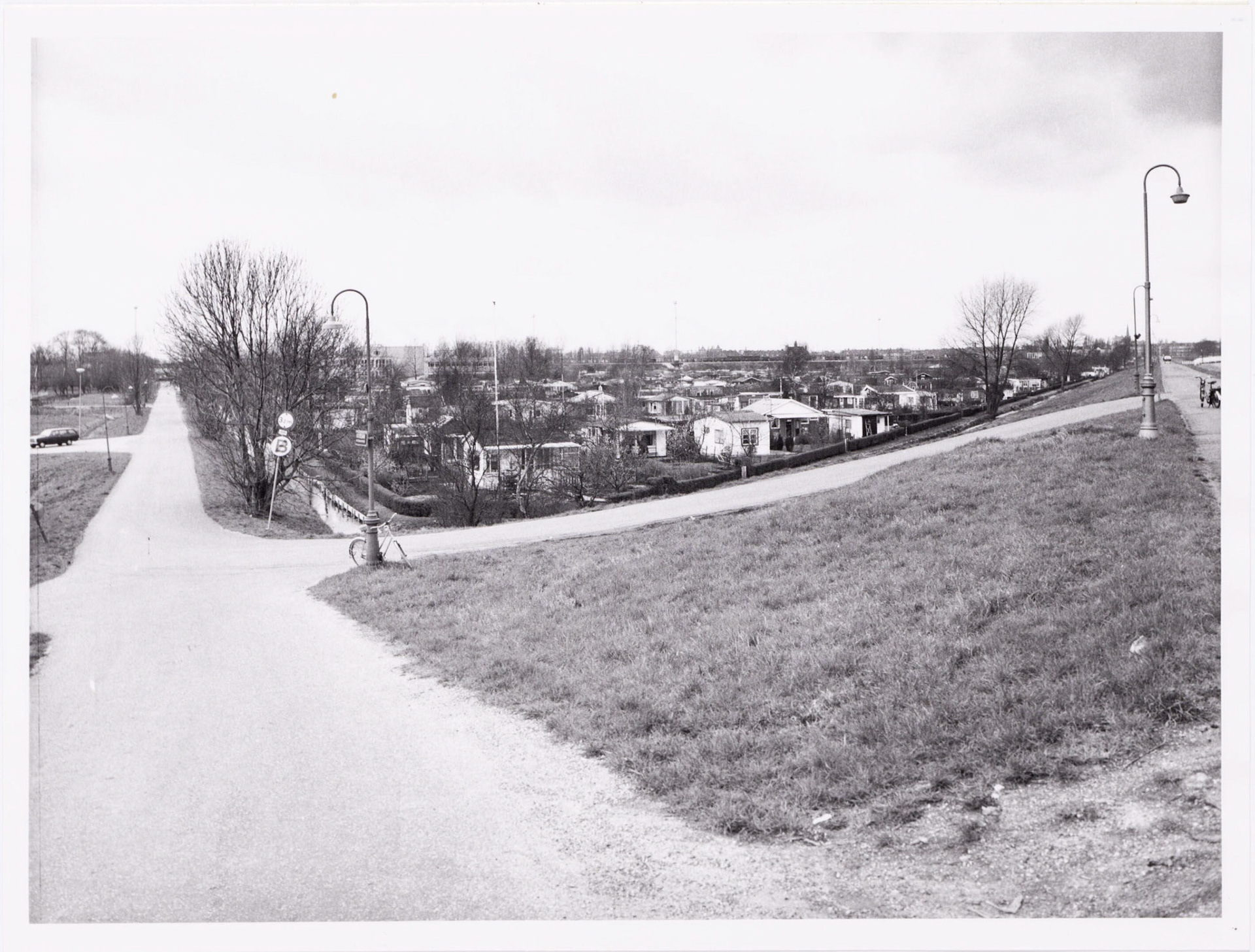
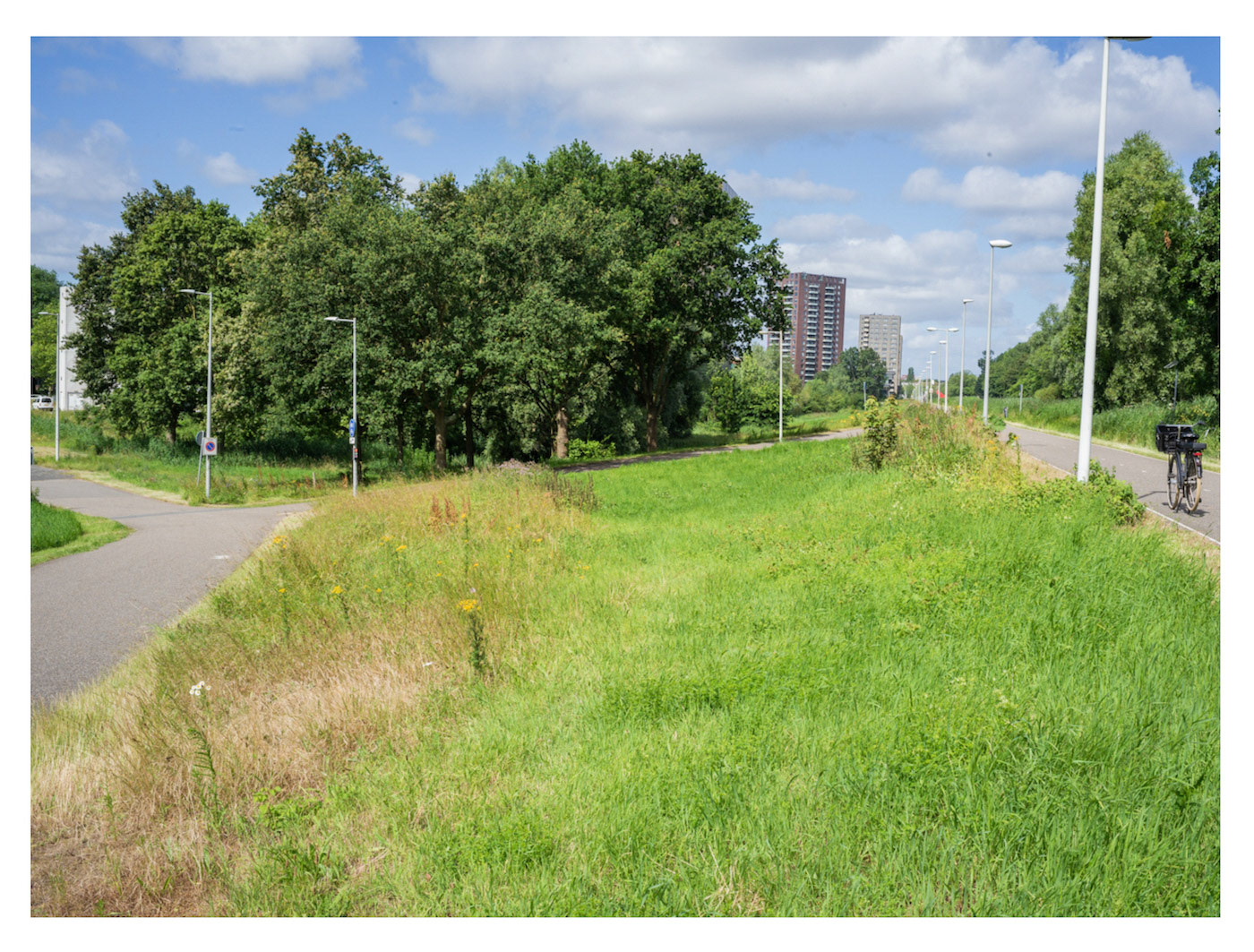
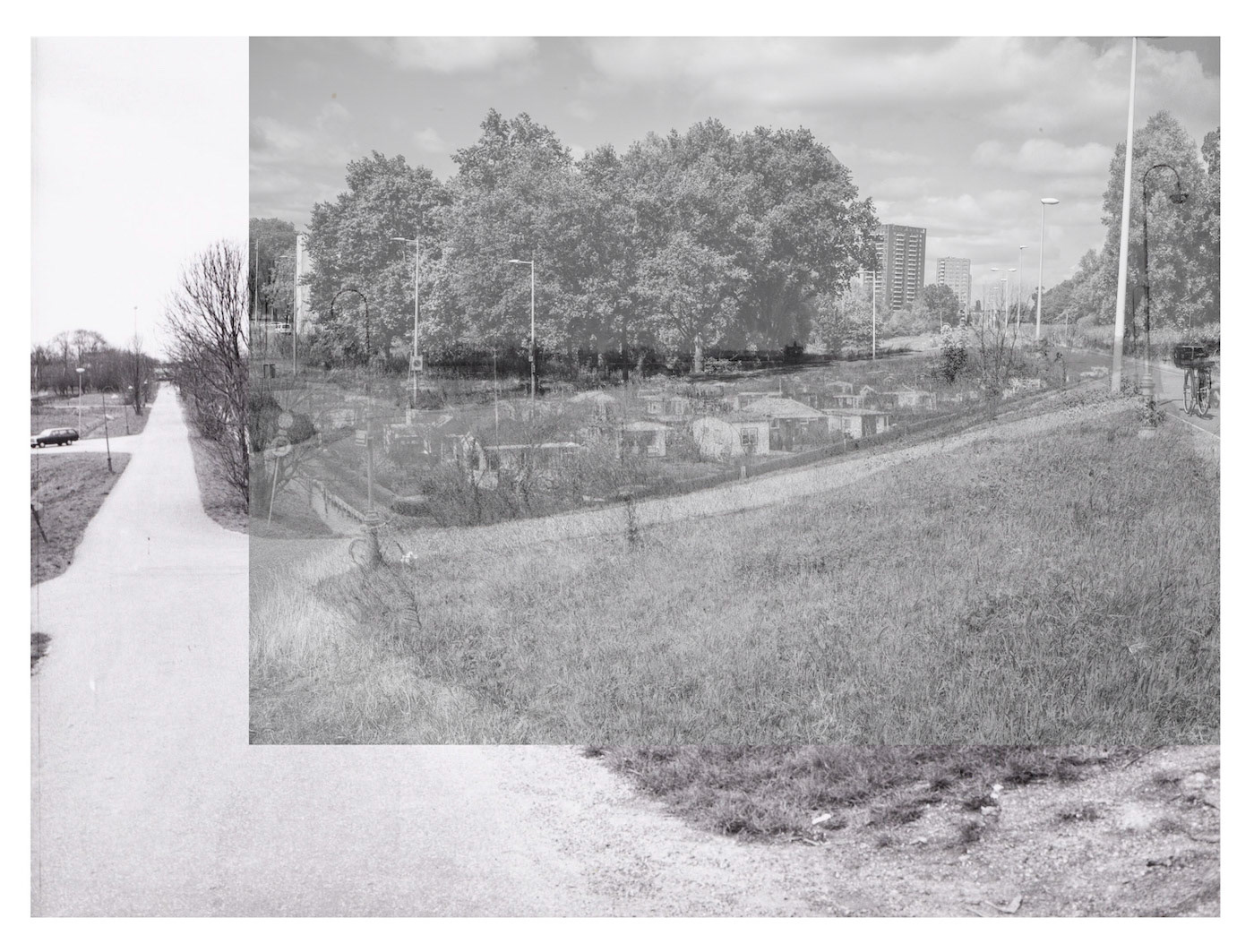
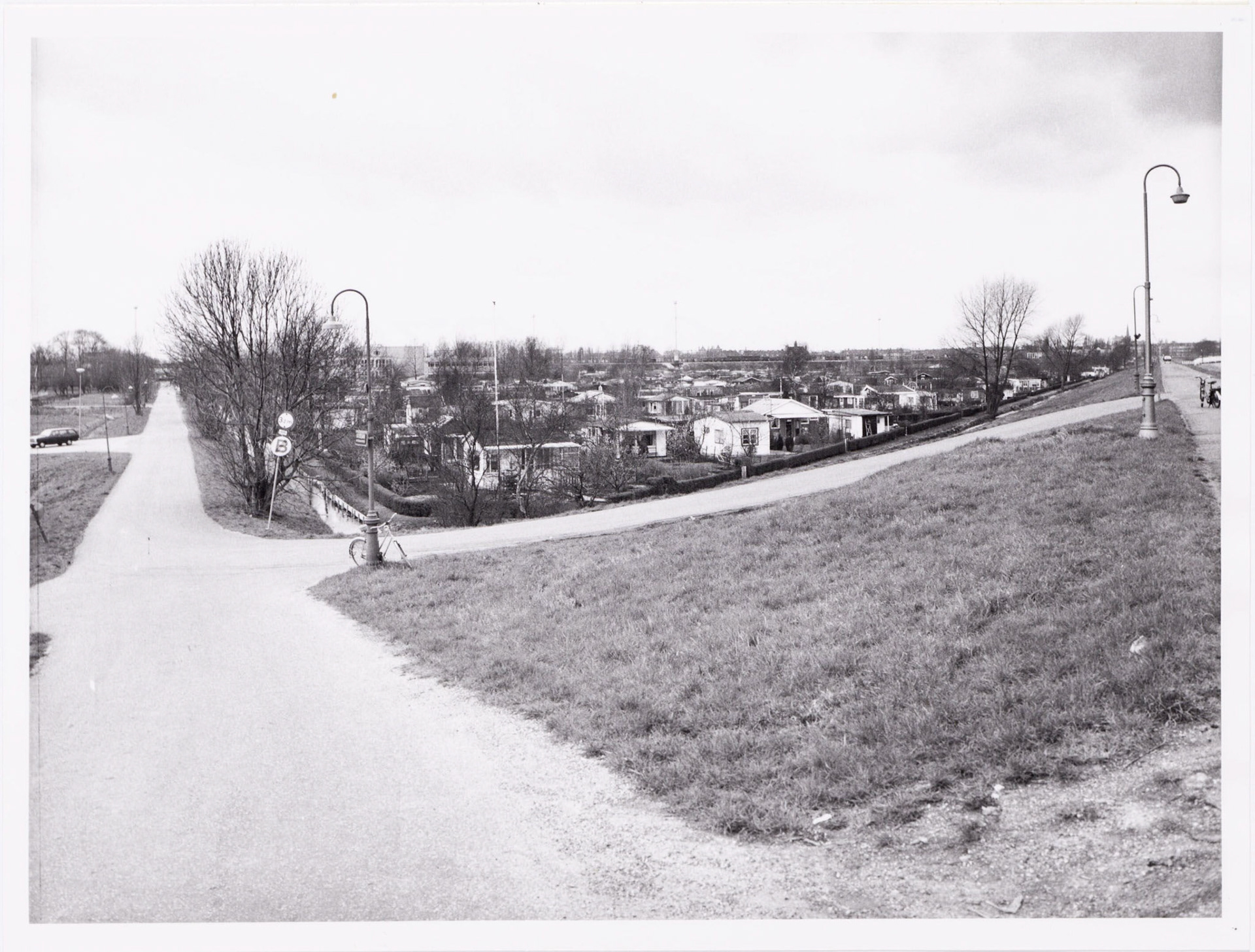
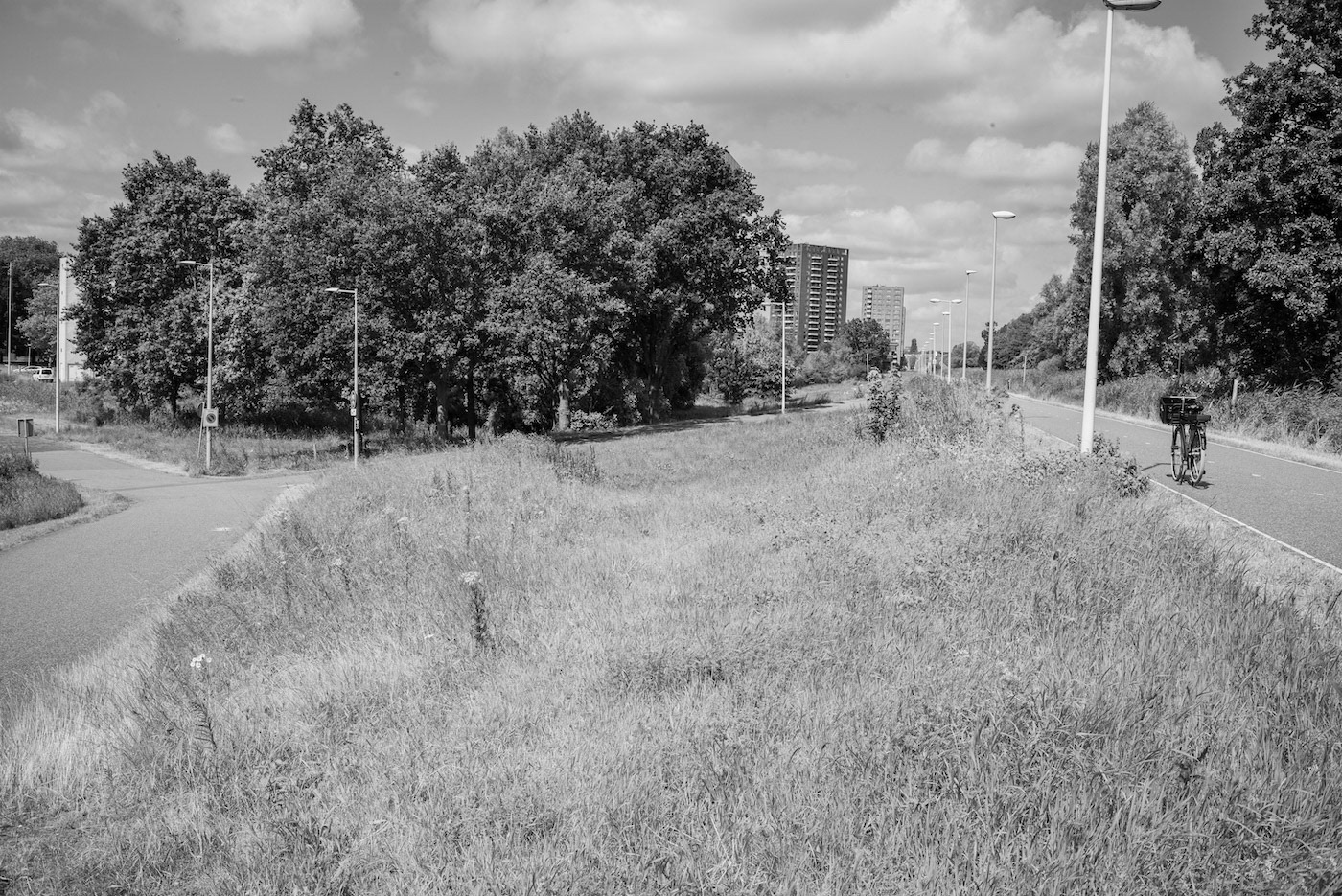
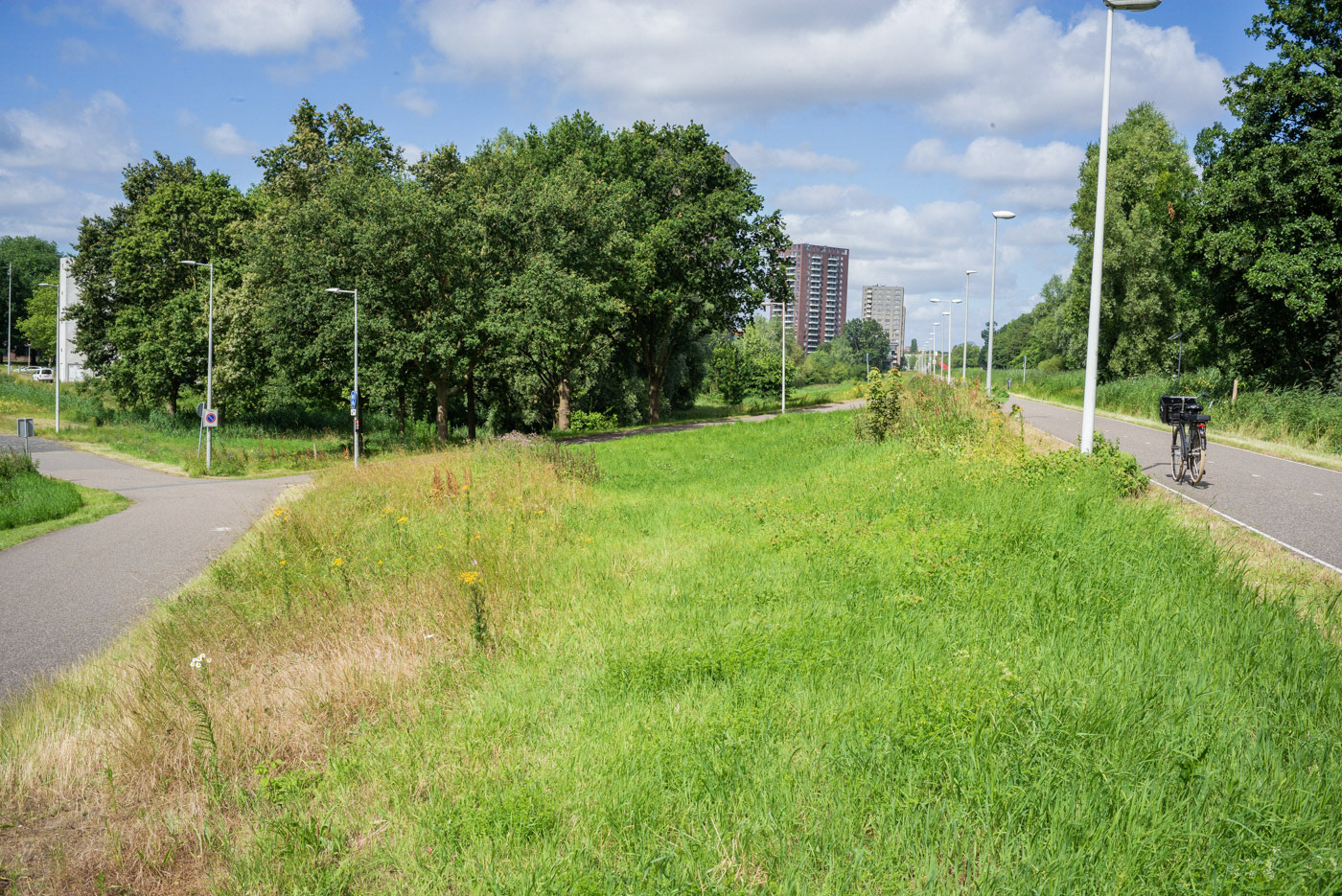
05. Extra note
This assignment was so much fun and motivates me to document more of my own neighbourhood!
Projects or assignments always give you inspiration for something new.
A new initiative I'm going to undertake is documenting my neighborhood using the Kodak Brownie camera box and just one roll of film in the space of an hour.
And because I can only take 8 shots on the 120mm it forces me to look carefully at what I really want to capture for this mini series of 8.